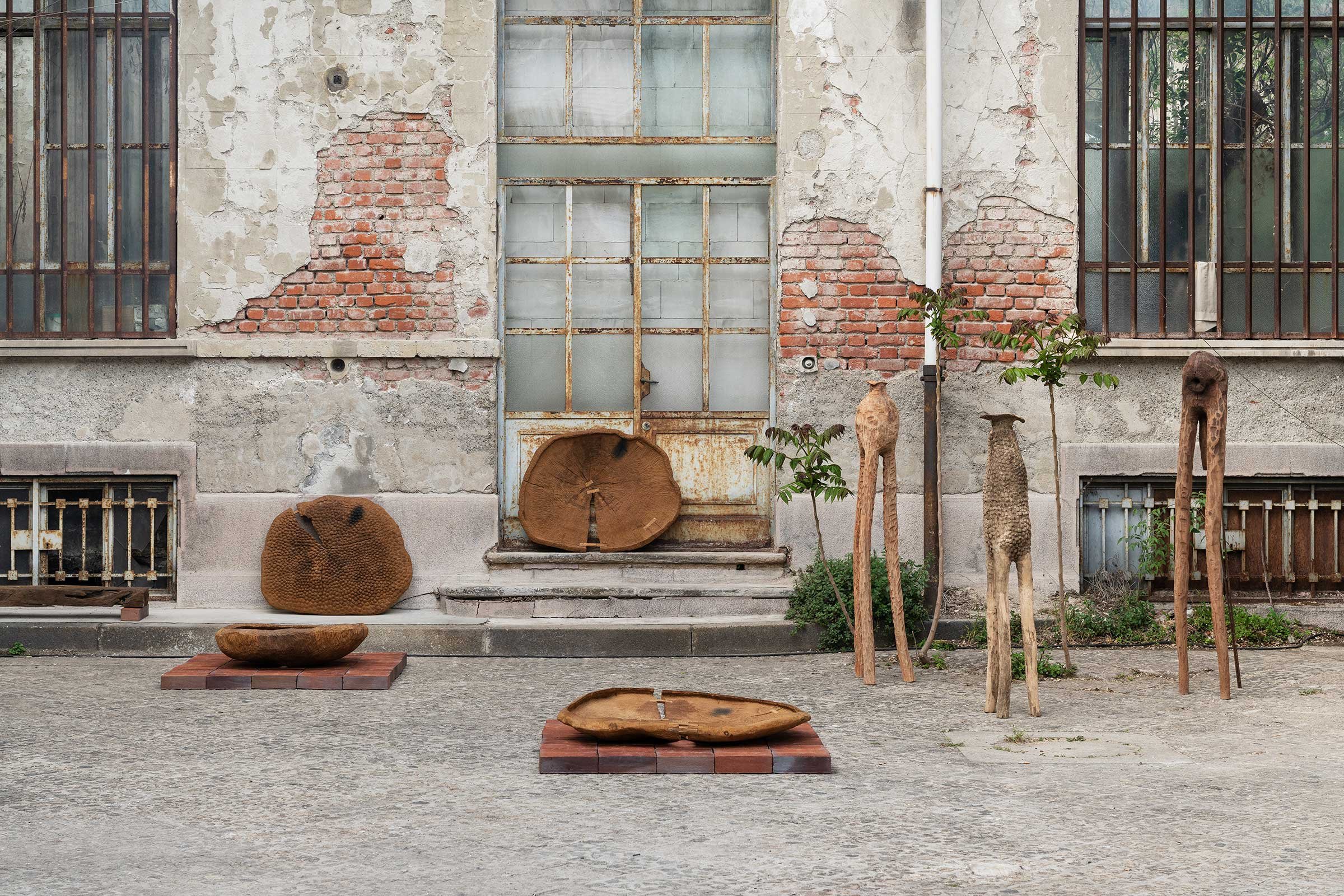Back to the Future: The Editor’s View from Milan Design Week in 2023
Each year the world’s design industry converges in Milan to ask what’s next. This year a better question might have been ‘How did we get here?’
With sustainability a watchword of years past, the design sector’s contribution to the environmental crisis remains the focus of countless conversations.
The most obvious approach has been to focus on materials and processes, sometimes with little thought for the ultimate carbon cost. But what’s needed isn’t just material innovation but a broader, more socially minded intervention. What if, instead of only new releases, we spent more time celebrating what we had?
Many brands this week have done exactly that, delving into their own archives to find new stories about some of their most famous — and sometimes oldest — products.
Italian powerhouse Flexform outfitted its showroom with an exhibition of archival campaign photography, while Herman Miller installed a retrospective of the brand’s graphic design history in its own space, even reproducing mid-century prints for purchase.
Finnish furniture maker Artek presented an exhibition of its classic Alvar Aalto-designed 60 stool ‘hacked’ into new objects: record players, chess sets and toilet roll holders emerge from the classic three-legged structure. Japanese brand Yamagiwa, meanwhile, launched reissues of Frank Lloyd Wright’s Taliesin light fixtures in a tubular installation designed by Shigeru Ban.
Some of the most impressive venues have also made good use of old space. Alcova (pictured), a sprawling exhibition of independent design from around the world made its home in an overgrown former abattoir (previous years have taken place in a former bakery, cashmere factory and a military hospital). Dropcity, a series of disused industrial vaults on Via Sammartini, hosts various temporary installations before it evolves into a permanent venue dedicated to architecture and design next year.
But with a trade show at its heart, the week is ultimately about selling design, and there’s a financial equation at play when brands decide whether, and how, to participate in Milan. In addition to potentially lowering the environmental cost of participating, taking what’s worked for decades or even centuries and sharing it with a new generation of press, collaborators and consumers is a savvy strategy.
Perhaps more than anything else, better utilising what we already have can help consumers understand the value of longevity: better made, lasting and mature designs rather than an endless pursuit of the new.
Text by Jeremy Smart
Images by Agnese Bedini/Piercarlo Quecchia/DSL Studio




